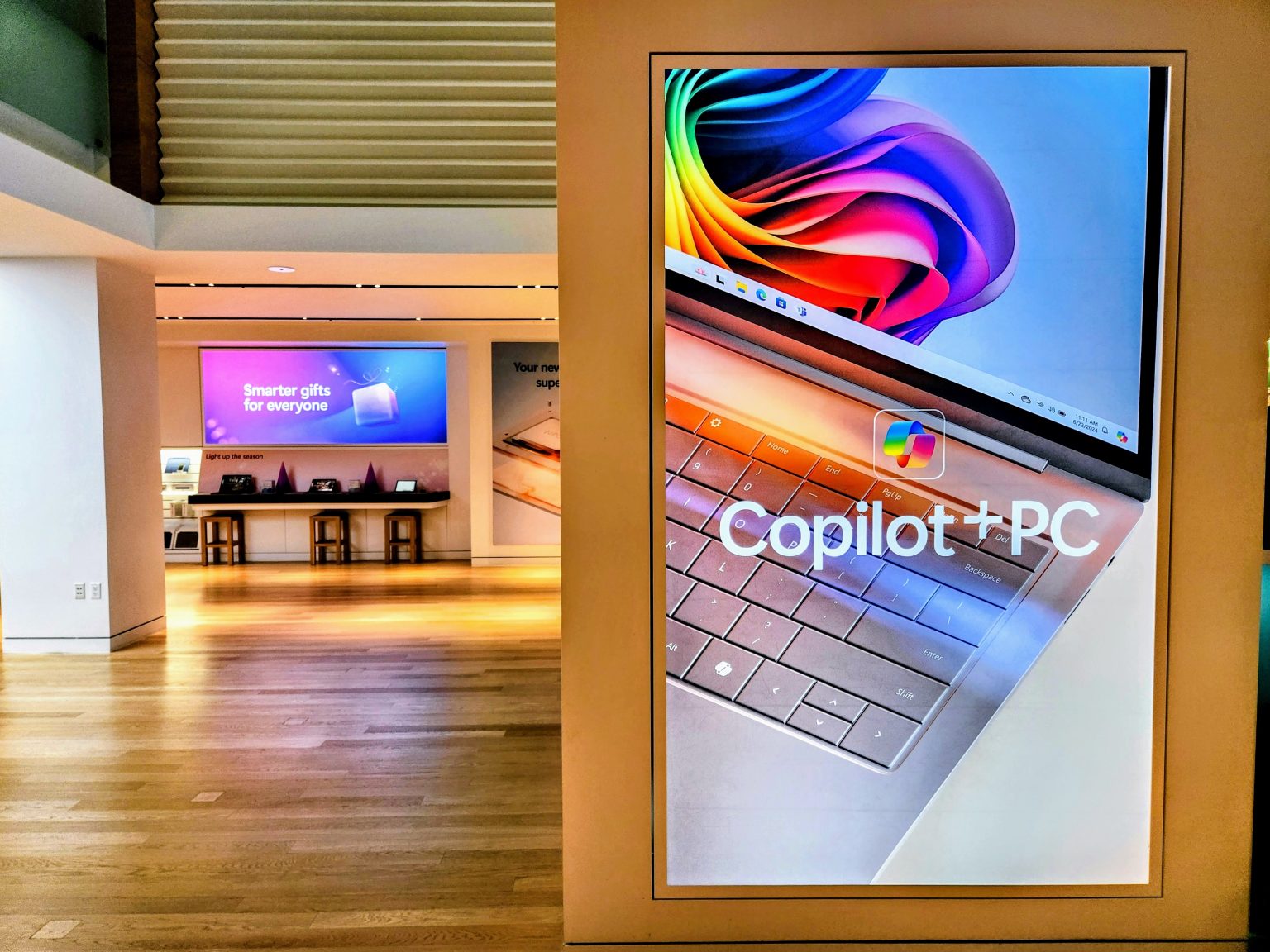Microsoft’s AI Vision: Transforming Every PC in the Windows Ecosystem
In the rapidly evolving landscape of personal computing, Microsoft is making an ambitious push to place artificial intelligence at the center of its Windows strategy. This bold initiative represents not just a product update but a fundamental reimagining of how we interact with our computers. As veteran technology journalist Ed Bott observed after his three decades covering Microsoft and the PC industry, the company’s recent AI features for Windows follow a familiar pattern: when Microsoft stumbles with an innovation, they don’t abandon it—they regroup, refine, and return with a new approach. This persistence is now evident in Microsoft’s comprehensive effort to transform every Windows 11 PC into an “AI PC,” expanding beyond the premium Copilot+ devices to democratize AI capabilities across its ecosystem.
Microsoft’s strategy reflects a company determined not to repeat past mistakes. Having missed the mobile revolution—a misstep that cost them dearly in the consumer technology space—the company is positioning Windows to be at the forefront of what they believe is the next major computing paradigm. The introduction of features like “Hey Copilot” voice commands and “Copilot Actions” (which can interact with local files) represents Microsoft’s belief that AI will fundamentally change how we use computers. However, this transition hasn’t been without challenges. The rocky rollout of the Recall AI feature for Copilot+ PCs highlighted significant security and privacy concerns that the company has had to address. These stumbles demonstrate the delicate balance Microsoft must strike between innovation and responsibility as AI becomes more deeply integrated into everyday computing experiences.
The company’s strategic shift to bring AI features to all Windows 11 PCs—not just the premium Copilot+ models—signals a recognition that artificial intelligence must be ubiquitous to succeed. This democratization of AI capabilities represents both a technical challenge and a business imperative for Microsoft. As Bott notes, many users express frustration with the seemingly relentless integration of AI into every aspect of computing, saying, “Please stop putting AI in everything. I don’t need it. I don’t want it.” Yet Microsoft appears convinced that its long-term success depends on making AI an unavoidable part of the Windows experience, betting that once users experience well-implemented AI features, resistance will fade as utility becomes apparent.
The introduction of voice-based computing through “Hey Copilot” raises fascinating questions about how we interact with our devices. Despite decades of science fiction depicting people conversing naturally with computers, previous voice assistants have achieved only limited success in changing user behavior. Microsoft is betting that the combination of more natural language understanding and genuinely useful AI capabilities will finally make voice commands a preferred interaction method for many tasks. This represents not just a technical challenge but a cultural one: convincing users that speaking to their computers in offices, coffee shops, and public spaces is both socially acceptable and more efficient than traditional input methods. The success of this feature will ultimately depend on whether Microsoft can deliver a voice experience that’s not merely novel but genuinely superior for specific tasks.
The timing of Microsoft’s AI push is particularly significant as Windows 10 approaches its end-of-support date in 2025. This creates both an opportunity and a challenge for the company. On one hand, the transition to Windows 11 provides a natural moment to introduce new paradigms and features. On the other hand, Microsoft must convince hundreds of millions of users that upgrading to an AI-enhanced Windows 11 is worth the potential learning curve and hardware requirements. Copilot Actions, which can manipulate files and perform complex tasks through natural language commands, exemplifies this challenge. While potentially revolutionary in simplifying complex workflows, these features also raise security concerns about how much autonomy AI systems should have over user files and system operations.
As Microsoft continues to refine its AI vision for Windows, the company finds itself navigating competing priorities: pushing innovation forward while addressing legitimate privacy and security concerns, creating features powerful enough to justify upgrades while ensuring they’re accessible to everyday users, and balancing its business needs with user preferences. Ed Bott’s observation about Microsoft’s pattern of persistence suggests that even if the current implementation of AI features doesn’t fully resonate with users, the company will continue refining its approach. The ultimate question isn’t whether AI will become central to Windows—Microsoft seems determined to ensure it will—but rather how quickly users will adapt to this new computing paradigm, and whether Microsoft can deliver AI features that genuinely enhance productivity rather than simply adding complexity. As this transformation unfolds, it will reshape not just Windows but potentially our fundamental relationship with computing devices.


